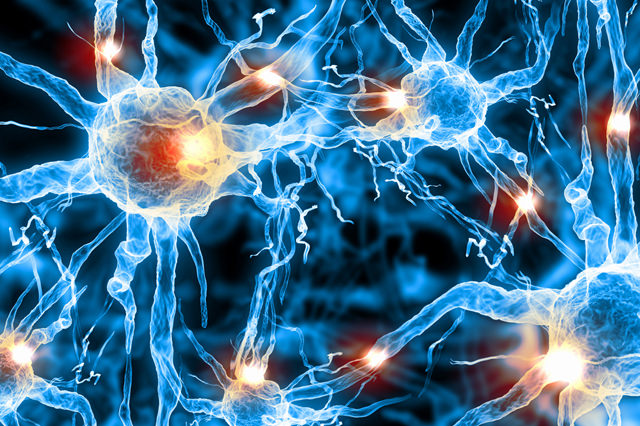Understanding Your Nervous System
Your Nervous System
The nervous system is also known as the “Master System” of the body because it controls and coordinates all other body organs and systems. Its ultimate purpose is to monitor what is happening outside and inside of you, and to respond to this information, ensuring that your body functions optimally. With a better understanding of what each part of the nervous system does, it is easier to see how such a complex system accomplishes this goal.
The Parts of the Nervous System
Nervous System Receptors
In order to be aware of your external and internal environments, the nervous system uses different “receptors”. Your “five senses” tell you about the outside world with receptors that allow you to see, hear, smell, taste and feel. You also have numerous receptors that tell your nervous system what is happening inside your body, such as the amount of pressure in your arteries, the oxygen levels in your blood, the positions of your body parts and the presence of pain.
The Spinal Cord
Like solar panel wires connected to a battery, all of this sensory information is transmitted through nerves to the spinal cord, the “main cable” running within your spine. The spinal cord will either cause an immediate reflex response to occur (such as removing your hand from a hot stove) or send the information up to the brain for more complex processing. The spinal cord also houses the nerves travelling down from the brain, which will have an effect on muscles, glands and organs.
The Brainstem
The upward continuation of the spinal cord is the brainstem, divided into the medulla oblongata, pons and mesencephalon (midbrain). This area holds the “cranial nerves” which relate to functions of the face and head, as well as many of the body’s organs. Because the “vital centers” also reside here, a lesion of the brainstem can lead to problems with your heart, lungs and your very consciousness.
The Cerebellum
Sensory information also travels to the cerebellum, a cauliflower-like structure in the back of the brain. The cerebellum is the “coordinator” of the nervous system, managing numerous functions such as movement, posture, attention, speech and learning. Because alcohol consumption negatively affects the function of the cerebellum, signs of cerebellar dysfunction may resemble someone who has had a few drinks.
The Basal Ganglia
Another important area of the brain is a group of structures known as the basal ganglia. Here, various circuits are responsible for such things as muscle function, eye movements, emotions and motivation. An example of what happens when the basal ganglia malfunction is seen in people with Parkinson’s disease.
The Thalamus
The thalamus is the great “integrator” of sensory information, basically packaging it to send to various parts of the cerebral cortex. The thalamus may be considered the vice-president, while the cortex is the president of the nervous system.
The Cerebral Cortex
The cerebral cortex is the most evolved part of the brain and is largely responsible for allowing us to appreciate our human experience. The cortex makes up an extensive network of different parts, each one having specific functions. These areas work together to process awareness of the external and internal environments, movement, memory and thought.
Nervous System Optimization
The Functional Neurologist will examine all regions of your nervous system to determine what is working well and what requires help. After making a diagnosis, the practitioner will recommend a specific treatment strategy to optimize the performance of your entire nervous system.




